Design for Performance and Interaction MArch Students Launch Soundcloud Showcase
16 January 2023
A group of students are using the popular audio platform to showcase their work within Pathway 03, which explores the relationship between the body, sound and space.
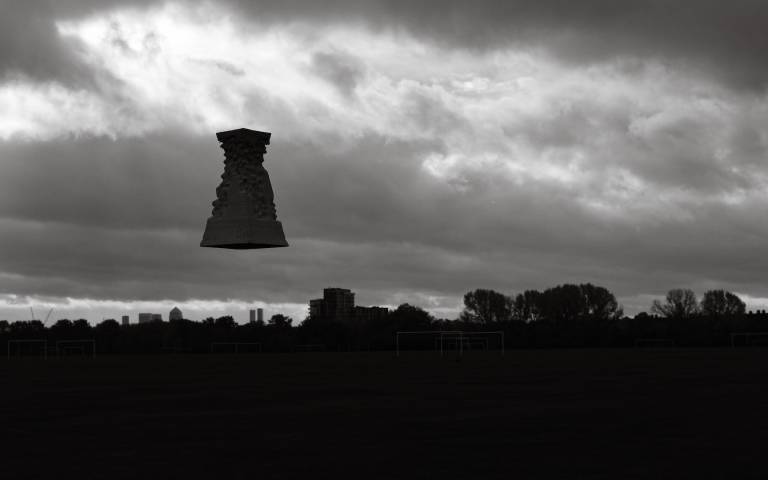
Twelve Pathway 03 students have gathered several projects on the platform, enabling people to explore their work in a way that was not previously possible. The use of Soundcloud represents an innovative new step for the programme; the online audio repository does not feature heavily in the world of architecture and the built environment, and is more typically used by musicians, sound artists and podcasters.
The work added by the students explores fields and ideas including VR; the relationship between sound and matter; sound ecology; the nature of solitude; the difference between perceived space and tangible physical space; trees’ use of mycelium networks to communicate; and creating hypersensitivity in otherwise familiar surroundings.
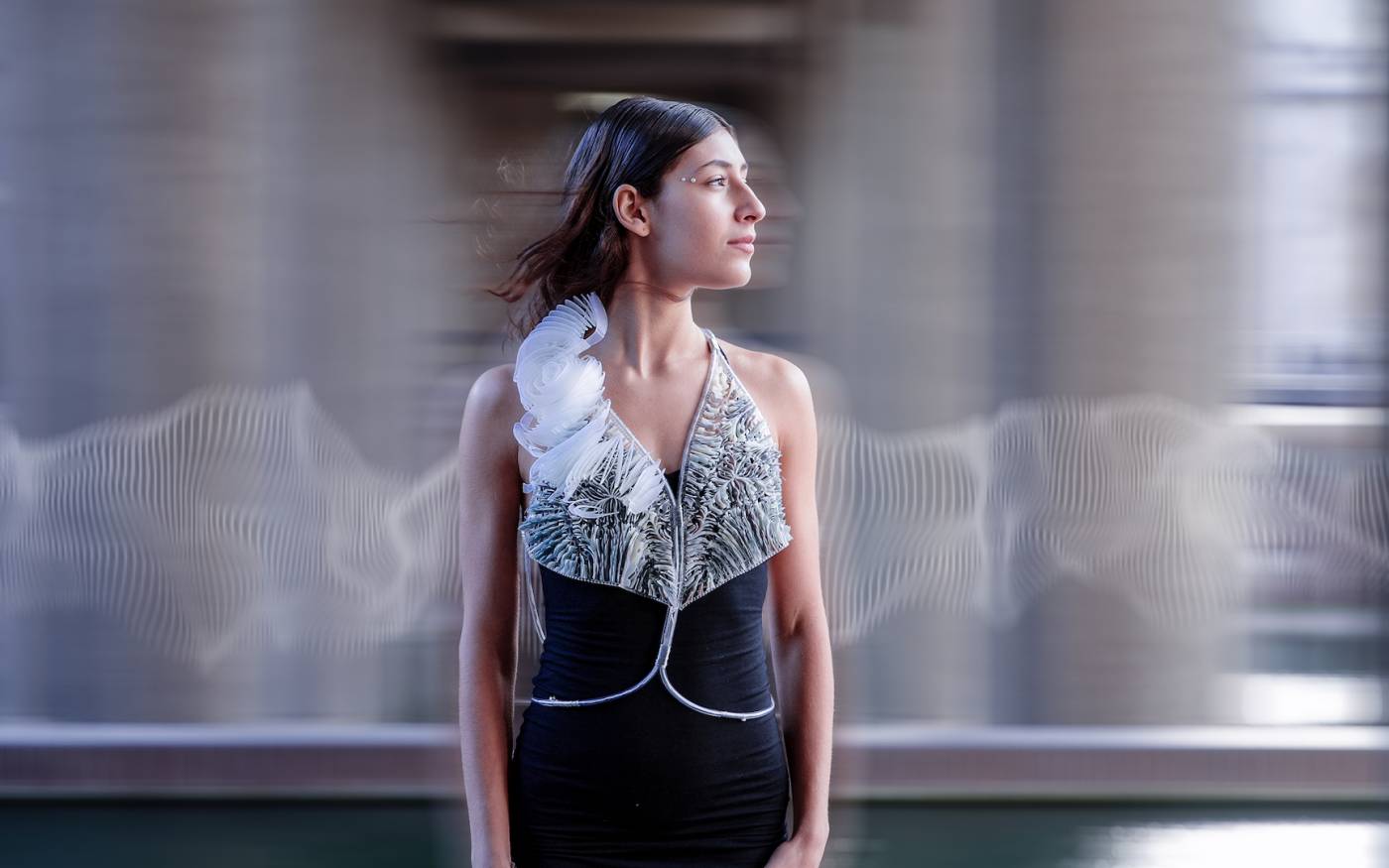
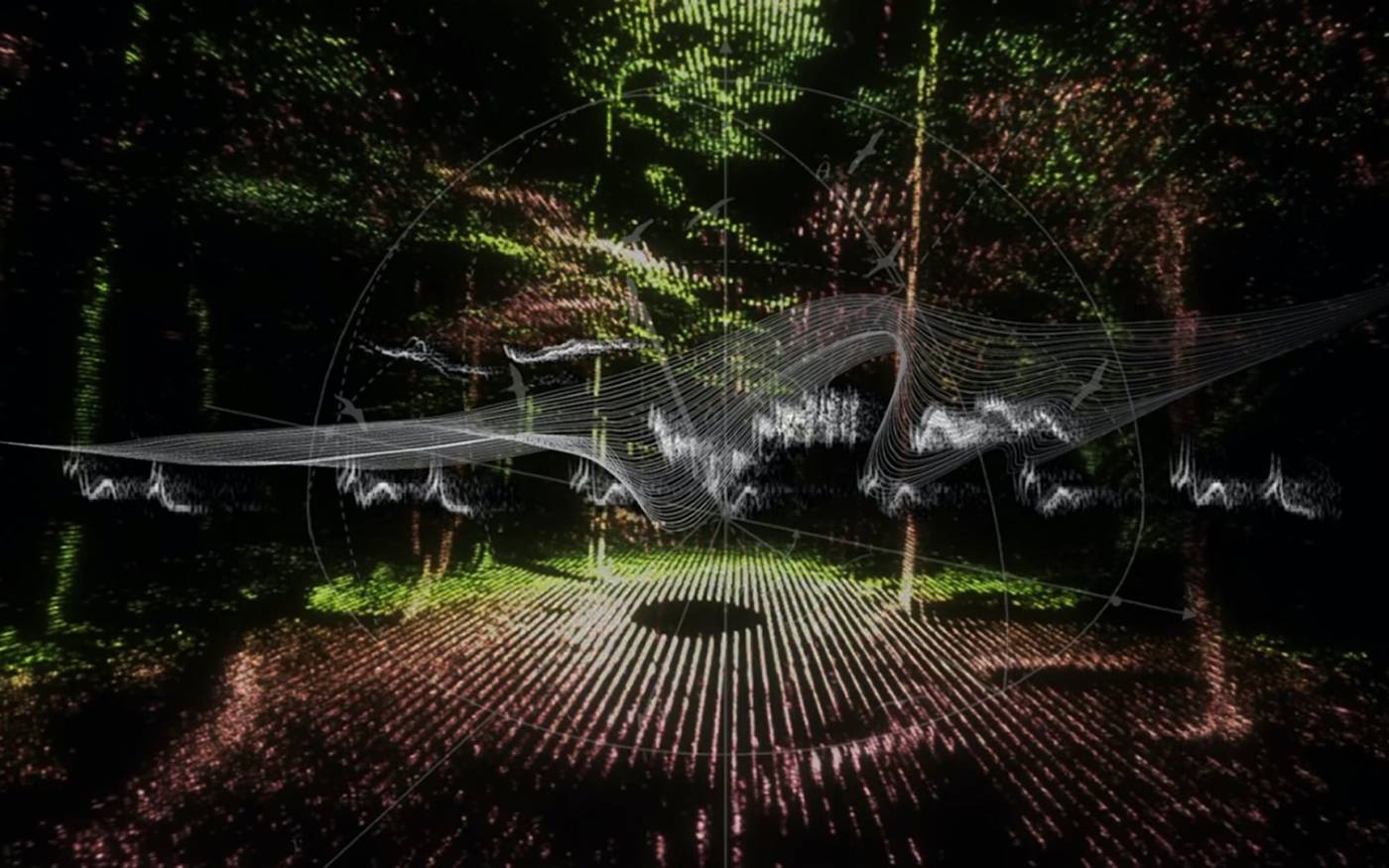
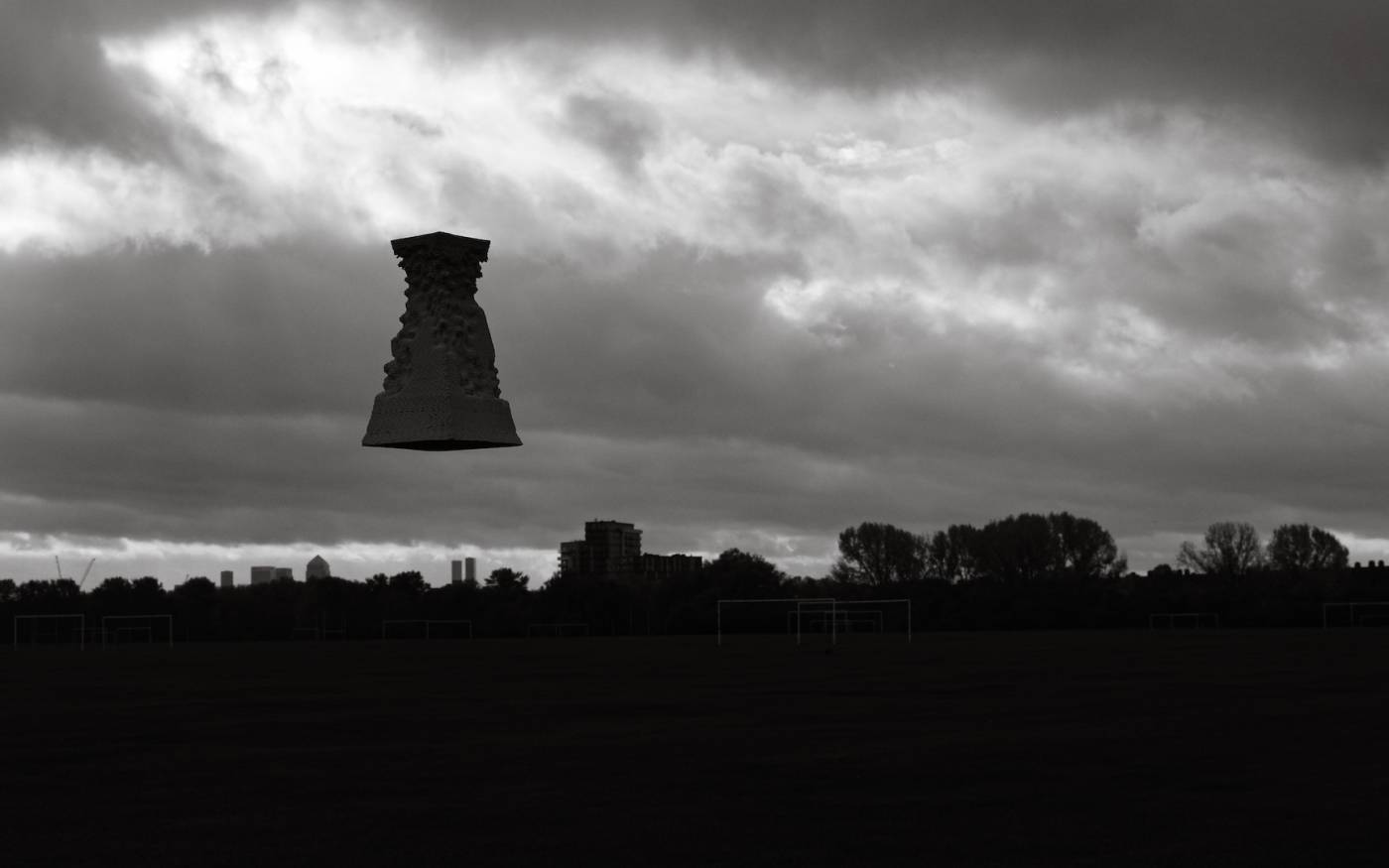

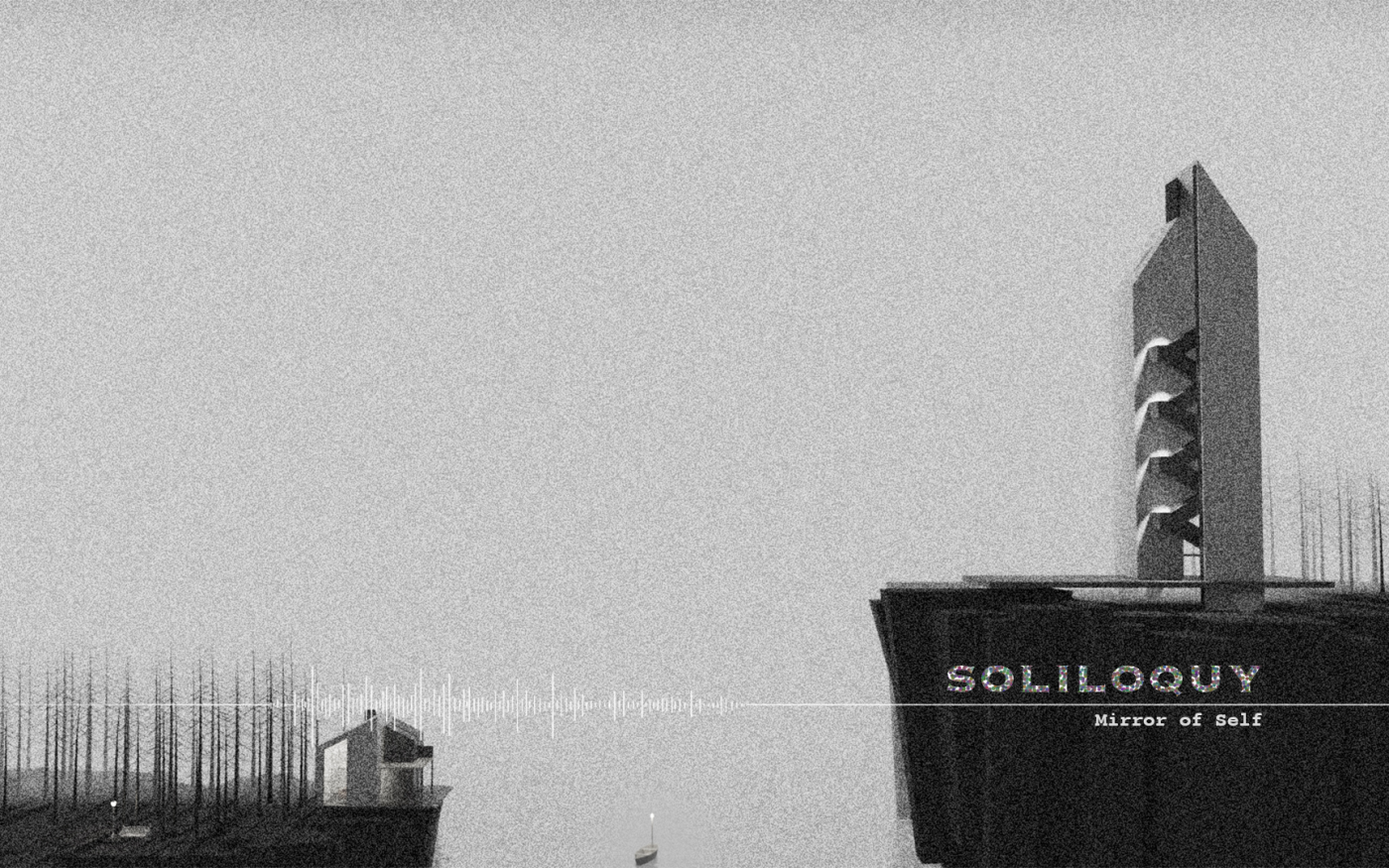
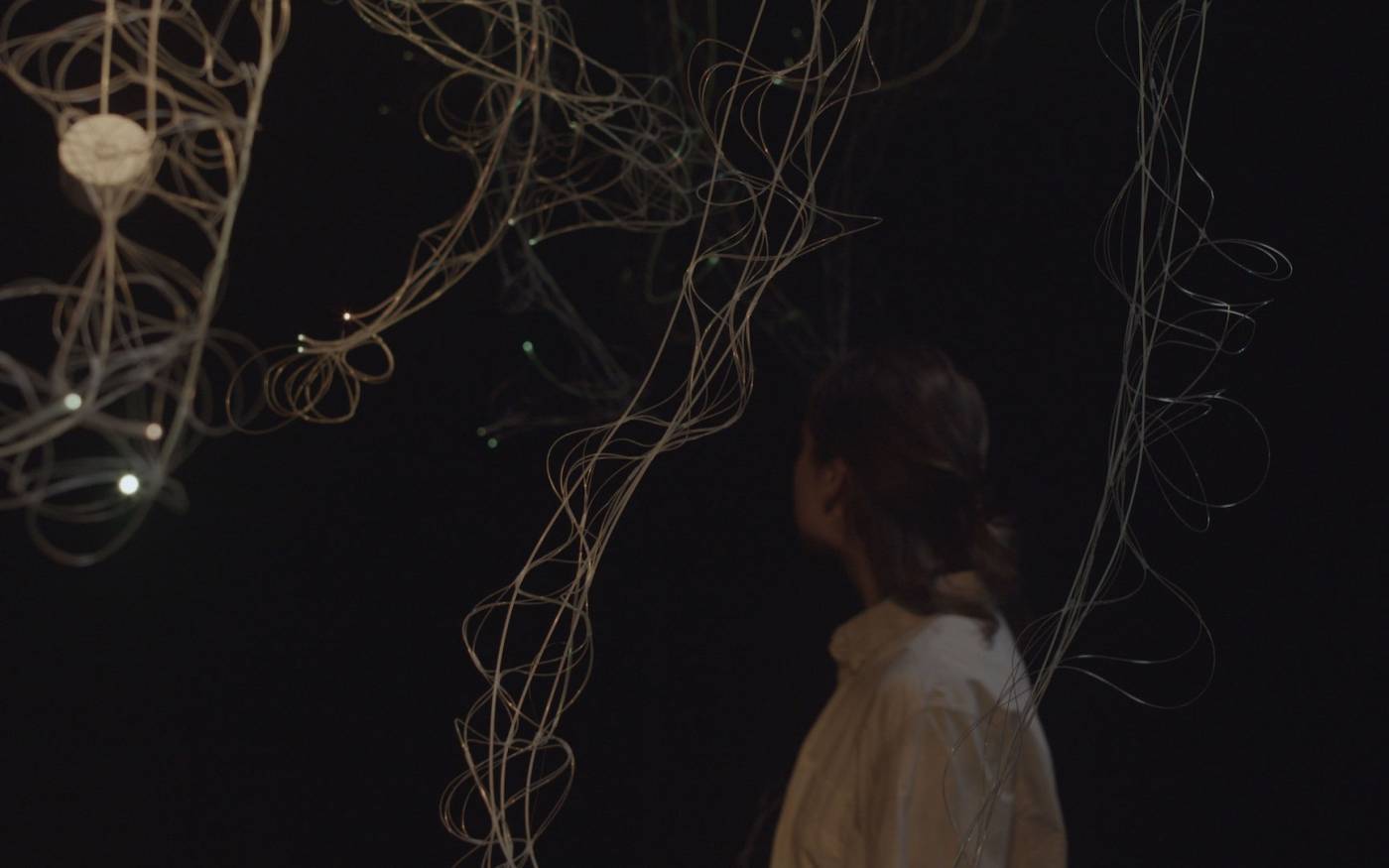
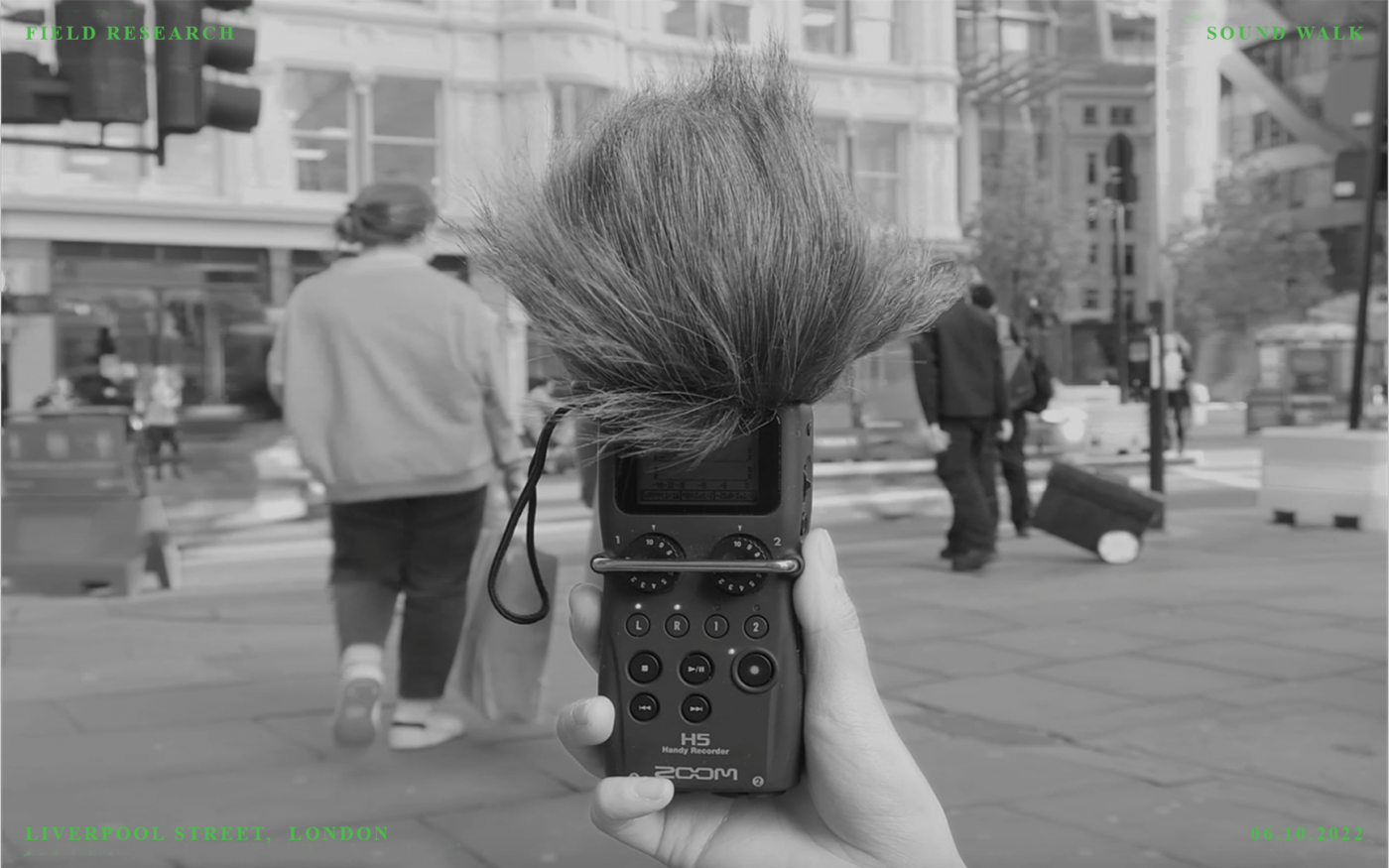
Pathway 03 is a research pathway taught by Emma Kate Matthews & Paul Bavister as part of The Bartlett’s Design for Performance and Interaction MArch fifteen month postgraduate programme. The Pathway is interested in exploring creative relationships between sound, space and the body in an architectural and spatial context. Sound is a medium that carries a message, be It musical, gestural or architectural; the understanding of sonic behaviour can lead to performative explorations of new and unknown territories. The Pathway’s research is based on a (re)claiming of sound as a temporal architectural material, and the modulation and representation of the sonic experience as a fundamental aspect of an architectural and design practice. Pathway 03’s research strategies intersect architecture, acoustics, technology, sound art practices, music and compositional typologies.
The pathway was launched in 2017 at Here East, and is taught by Paul Bavister & Emma Kate Matthews.
Explore the students' projects at this link: Pathway 03 Soundcloud
Pathway 03 Projects
- Sensing Sound
By Dearista Nooria Kusuma & Samia Kapadia
Sensing sound defamiliarises our sonic environment and questions the ways in which our senses relate to our physical surroundings. Sensing sound acts as a catalyst for instigating communication between the body and the environment. Sounds are the first sensory stimuli that we become aware of when we wake up and the last one that we perceive before we sleep. In the context of a post-human future, where the capabilities of our bodies are challenged, augmented hearing may become central to the way in which we navigate and understand our world. By transforming the entire body into a listening organ, the often subtle and ephemeral qualities of sound are perceived as a vibrotactile experience, embracing new modes of interactivity in the form of embodied technology. Through participation in these orchestrated sonic experiences, an individual's sensory perception becomes foregrounded, establishing an opportunity for developing a greater understanding of our non-anthropocentric world.
The device makes the wearer aware of their body, and questions how they relate to the space they inhabit. The system is also aware of the occupant and is active in generating a sense of hypersensitivity in what becomes an unfamiliar relationship with their otherwise familiar surroundings. This results in alternative methods for remembering, feeling, and interacting with our environment.
The project may also be used as a sensory substitution device for users with auditory impairments, or in providing haptic feedback for sonic environments in virtual reality.
- Symbiosis
By Xiaoting Tan & Meiyi Jiang
Trees are communicating and sharing information right under your feet, using a mycelium network: a complex and collaborative structure that has become known as the ‘Wood Wide Web’. Trees use the mycelium as pathways to connect, feed and communication with one another. Parent trees can identify their relatives and send signals and nutrition through mycelium networks. Through the mycelium network, the forest becomes a single organism with group intelligence.
Symbiosis is an exploration of the language of trees from a non-anthropocentric perspective, and mycelium is a design collaborator. Five handmade bio-electrical sensors are placed at different locations in Epping Forest, transmitting data on the mycelium's vital activity (electrical signals) in real time to the exhibition space via a cloud-based network. This is an immersive audio-visual experience, the changing soundscape represents the whisper of the mycelium, and the flowing light presents the nutrient transport between the mycelium. In this project, we hope the audience understands the world from the perspective of the rhizome, has a dialogue with the forest and lives in symbiosis with nature.- Soliloquy
By Ding Yue
Solitude has been represented in art in many different ways, from Caspar Fredrich's wanderer to Hopper's Night Hawks; introspection has fascinated artists for centuries. 'Soliloquy' is a new installation that builds on representations of solitude, using mixed media and film, the work externalises an internal monologue, allowing a spatial and temporal response to ideas of isolation and solitude.
Sited between two opposing screens, the occupant is aware of sounds moving in space, generating a mirror to the real and the imagined. The observer is conscious of being in the expanded field of the work, immersed in the moment, standing on their own stage, witness to their own play. Computer modelling and rendering express the scenes in a cinematic narrative language, panning the camera to create a spectator's perspective, and surround 3D sound to bring about an immersive experience - such seemingly separated experiences are in fact a mutual mapping of the external and internal aspects of personal perception.
In the poetry of solitude, one's understanding of the connection between oneself and the environment becomes multifaceted and nuanced.
- Hypernature
By Ziyue Wang and Alicia Waibel
Hypernature reveals the fragility of our sound ecology through an immersive audio-visual experience. The evolution of a natural soundscape based on the effects of global warming is simulated. The project is based on speculative data that shows the evolution of a forest under human-made climate change. Changes in localised meteorological conditions and associated foliage densities directly affect bird song, leading to an adaptation of new communication typologies.
The project represents emergent soundscapes with twelve synthetic birds in a spherical coordinate system, moving around a listener. Simulated bird song changes through adaptive frequency modulation synthesis, the output is an audible evolution in site specific communication. The interaction with the virtual landscape and the subsequent change in sound are a metaphor for human intervention in the landscape and on avian communication. The user experiences the future soundscape in a direct and immersive manner.
Hypernature demonstrates the impact of environmental change on a soundscape. The design project simulates a change and effect that is normally intangible due to the vast timescales of natural evolution.
The sound changes through four stages: 1. Forest sound 2. Low impact 3. High impact 4. Regeneration/ Extinction.- Earthen Sound
By Kieran Harris
Earthen Sound explores the relationship between sound and matter through the design of resonant clay vessels. The project is inspired by ancient sonic uses of clay and the local historical significance of the material to London.
Adopting a materialist conception of sound as a primordial flow of matter and energy, a Sonic Flux, the project sees the design of ‘Listening Bells’ - clay vessels which, when imposed upon a landscape, generate unique recordings intrinsically tied to the materiality of their time and place.
Computational design methods are paired with ceramic 3D printing in the creation of the Listening Bells. Working within the traditions of the clay vessel as a sculptural form, their geometries express ideas around noise, flux, and change.
The Listening Bells perform an iterative recording process, revealing the continuous mutual conditioning of the physical properties of the vessel and the sounds surrounding it. Sited within the Lower Lea Valley in East London, a place of significant change over the years, these recordings can be seen as convergences of geological and historical flows within the stratum of the sonic flux.- Afterglow
By Daphne Chu
This project is the 'afterglow' of an occupant's impact in space, both physical and perceived.
The installation allows viewers to consider the difference between tangible physical space and perceived space from sensory perception, light and sound. We can be physically present in a space, but our minds constantly switch between and disconnect from different perceived spaces.
This project combines both the material and the immaterial to represent the dynamic of people's living experiences across differing spaces, both physical and digital. The room is reconstructed using light and sound, creating a constantly shifting perception of fluid space in constant flux, responding to the behaviour of the occupant. The direct and indirect energies of light and sound switch between each other, creating a series of immersive spatial experiences. The impact of the initial energy of sound gently fades into indirect reflections and fades out, being replaced with light, illuminating the site and creating the 'afterglow'. Direct light flattens three-dimensional objects and frames the structure of the space, while indirect light leaks out subtly to imply the edge of the space. When viewers step into the room, the afterglow of their impacts alters the space they are present and shapes sensory perception.- Boundary
By Bay Lin, Nana Bang and Yiming Gong
Boundary is an XR project for defining the personal sonic boundary. Consisting of a VR interface and physical installations, it enables the orchestration and performance of acoustic environments from the VR user to the audience.
Ever since the industrial revolution, the world we live in has been widely perceived as acoustically polluted. To overcome “the sound-as-noise cultural barrier”, the project incorporates both VR and performative installation, engaging in the topic from the interactive art perspective.
The real-world acoustic and spatial environment were translated into a compound VR scene, with an underground level and a street level. The two soundtracks were the field recordings from both underground stations and streets in London reinterpreted into part of the VR interface and performance. As the user shifts the walls through the sound sources, the sounds are activated or filtered, defining the boundaries in sound and space. The constantly changing sound and boundary composition become a performance with the audio kinetic installation, sharing the personal sonic boundary with the audience.
More information
Images:
1. Sensing Sound by Dearista Nooria Kusuma & Samia Kapadia
2. Hypernature by Ziyue Wang and Alicia Waibel
3. Earthen Sound by Kieran Harris
4. Afterglow by Daphne Chu
5. Soliloquy by Ding Yue, Design for Performance & Interaction MArch
6. Symbiosis by Xiaoting Tan & Meiyi Jiang, Design for Performance & Interaction MArch
7. Boundary by Bay Lin, Nana Bang and Yiming Gong
 Close
Close

